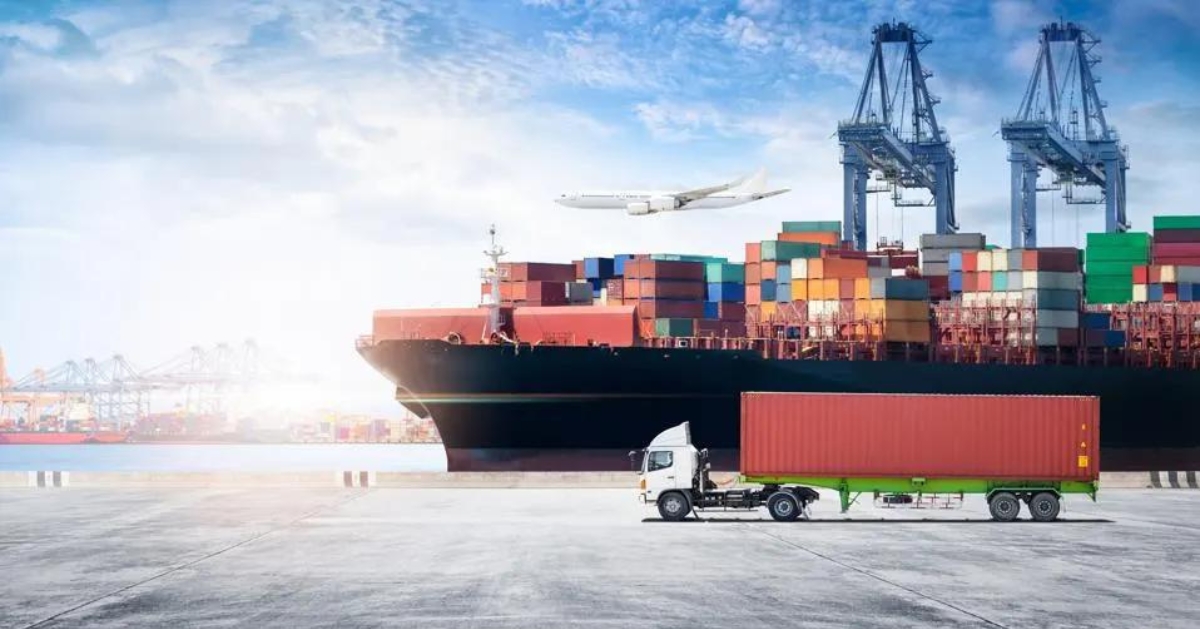In 2020, the term “supply chain” entered the mainstream like never before when COVID restrictions substantially impacted the global supply network’s ability to deliver goods and services in a timely manner.
While the pandemic essentially ended two years ago, many industries continue to have constrained supply chains, including the supply for key equipment companies need to enable energy transition and digital transformation. Meanwhile, lead time for some items has increased from weeks to months—to even years.
It’s an ongoing frustration for businesses and customers, slowing progress and impacting growth. Instead of accepting slow supply chains as a fact of post-pandemic life, we need to be asking two questions:
- Are supply chains as bad as they seem?
- Or is there more going on than we know?
Supply Chain Issues Affect All Industries
Supply chain slowdowns of key equipment prevent progress in construction projects needed for digital infrastructure, energy transition, building construction, and civil works. The industrial supply base serving these areas consists of many of the same players, so the problem will likely worsen before it gets better.
Recent discussions with numerous executives and supply chain managers indicate that increases in lead time and other supply chain challenges are likely a result of panic buying and supply hoarding. Remember when all the toilet paper disappeared from store shelves in 2020? It’s the same idea.
As lead time increases and delivery reliability degrades, owners and contractors adopt a "buy all you can” approach to purchasing. Adding to the problem is an industry culture that rewards purchasing and receiving plant equipment and materials far before they are needed onsite.
Without an overarching framework to understand and navigate the challenges this approach creates, the problem will continue to fester for everyone in the value chain. As a matter of fact, supply is becoming so constrained owners and their contractors can no longer just “throw money at the problem” to fix it.
Owners and contractors must adopt a more robust means of configuring and managing their supply chains. Specifically, they must create supply chains which are:
1. Reliable
Inbound resources must be delivered when needed in accordance with quality specifications. In advanced industries such as automotive, OEMs must work in partnership with companies through supplier development programs to ensure suppliers are able to meet technical and supply volume requirements.
The elements of these programs include improving product and process design, reducing lead time, and improving quality. The PPI paper “Consequence of Lead Time of Capital Projects” provides a framework for collaborating with suppliers to enhance reliability, compress lead time, and reduce cost.
2. Transparent
Consumers must be able to see when inbound products will arrive, such as whether deliveries will arrive too early or late, including backorders. The advent of IoT (Internet of Things) technology enabled by edge computing, AI/ML, and increased use of satellites offers significant improvement in transparency. These technologies enable real-time tracking and optimization of the supply process.
3. Redundant
Think of this as Murphy’s Law. If something can go wrong, it will. Measures should be in place to protect from any disruption resulting from geopolitical issues, industrial actions, revisions in demand for material or parts, and many other sources.
For instance, Toyota is known for using two suppliers in most categories, with one supplier receiving 80% of the volume and the other 20%. At one large infrastructure project, raw materials were shipped by rail.
To mitigate the risk of supply disruption, a trucking company was paid a fair sum to be on call to provide trucks if needed. The small sum paid to the trucking company paid for itself when a single disruption occurred.
4. Agile/Flexible
Demand is difficult to predict and often changes for many reasons. An effective supply chain must be adaptable to demand changes without experiencing unnecessary costs. Excessive amounts of WIP (work-in-process) in the supply chain must be identified and removed to achieve agility and increase flexibility.
Additionally, buffer strategies should be carefully considered, including the adequate buffer type (capacity and/or inventory) and where buffers should be placed in the supply process.
5. Cost Efficient
Supply chains must operate efficiently and at the best value. This can only be achieved through an end-to-end value stream perspective, where supply is seen as a dynamic system, not a transaction. Various production system modeling, simulation, and analysis methods provide the means for optimizing supply chains.
More Than Meets the Eye
Returning to the earlier questions, are supply chains as bad as they seem? Yes, many of them are. However, to answer the second question—Is there more going on than we know? Also yes!
By carefully examining the root problems and utilizing modern tools, we can improve supply chains to keep projects on track, promote growth, and meet customer demand.

